Are you interested in exploring historic homes? Here are the must-see historic houses in Albania:

Bunk'Art 2
TiranaBunk'Art 2 is a museum situated near the Ministry of Interior in Tirana, Albania. This location is easily accessible and provides a unique insight into the country's history during the Cold War period. The museum's proximity to the Ministry of Interior adds a layer of historical significance, as it was a key institution during the era the museum explores.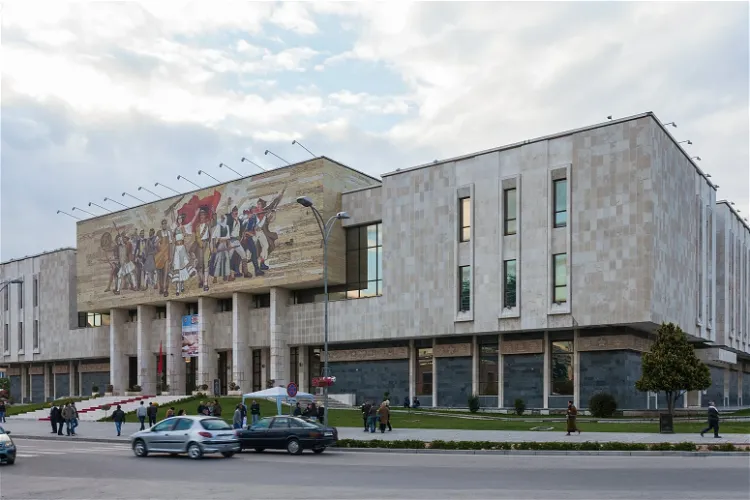
National Historical Museum
TiranaThe National Historical Museum (Muzeu Historik Kombëtar) in Tirana, the capital of Albania, is the largest museum in the country. It was opened on October 28, 1981, and is located at the central Skanderbeg Square in the northwest of the city. The museum's main facade is dominated by a large mosaic.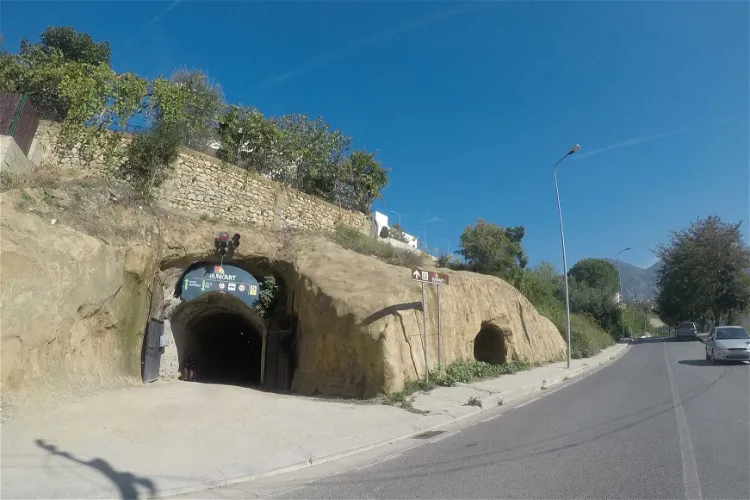
Bunk'Art
DajtBunk'Art 1 is a unique museum located in Tirana, the capital of Albania. It is housed in an anti-atomic bunker that was originally constructed by President Enver Hoxha during the Albanian socialist regime. This historical site offers a glimpse into the country's past and the political climate of the time.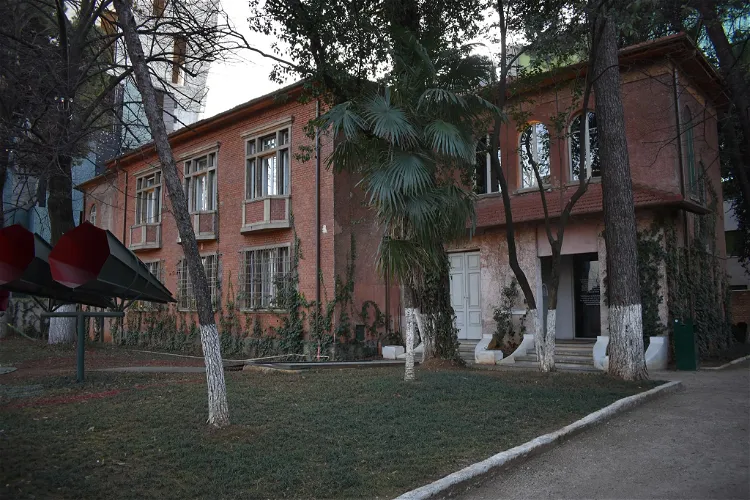
Museum of Secret Surveillance
TiranaThe Museum of Secret Surveillance, also known as the House of Leaves, is a historical museum located in the heart of Tirana, Albania. It opened its doors on May 23, 2017, in a building that served as the headquarters of the Sigurimi during the communist era. The museum is dedicated to the innocent people who were spied on, arrested, prosecuted, sentenced, and executed under the communist regime.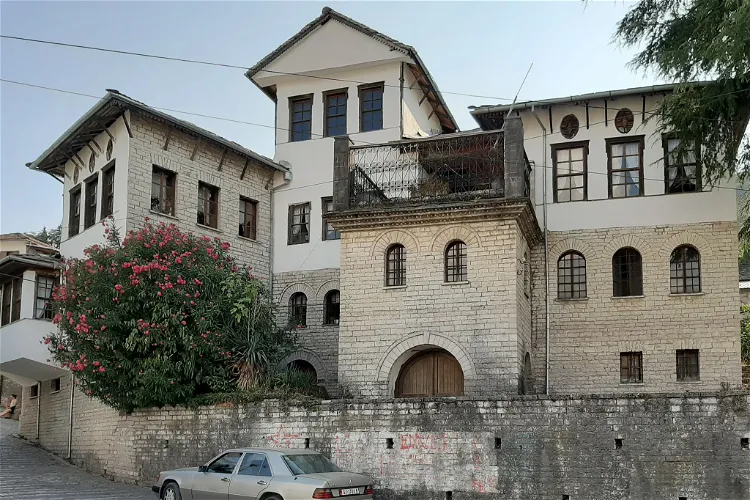
Ethnographic Museum of Gjirokastër
GjirokastraThe Gjirokastër Ethnographic Museum is located in the western part of Gjirokastër, Albania. This museum is a significant cultural site that provides visitors with an opportunity to delve into the rich history and traditions of the region.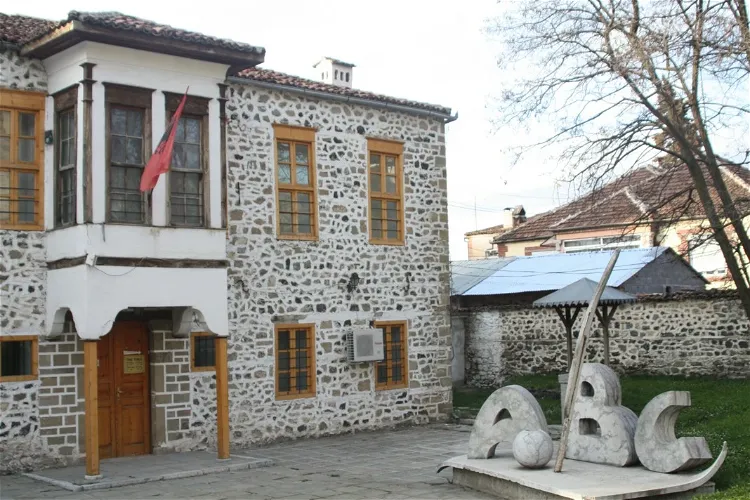
National Museum of Education
KorçëThe National Museum of Education is situated in the city of Korçë, Albania. This museum is housed in the very building where the first Albanian school was inaugurated on March 7, 1887. This historical significance adds a unique layer to the museum's appeal, making it a point of interest for those keen on understanding the roots of Albanian education.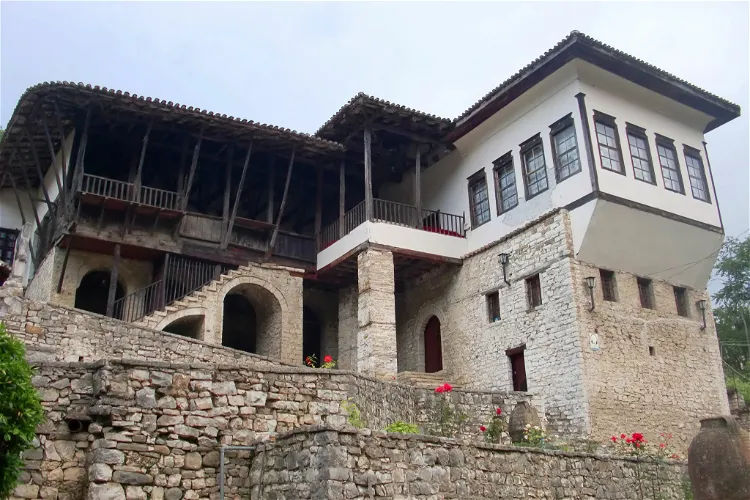
Ethnographic Museum of Berat
BeratThe Ethnographic Museum of Berat is a cultural institution located in the city of Berat, Albania. It is dedicated to the preservation and presentation of the everyday objects and cultural artifacts that tell the story of Berat's history.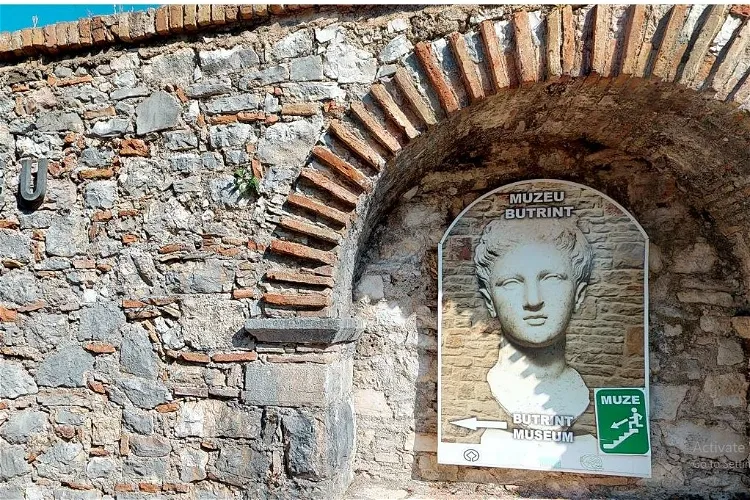
Archaeological Museum of Butrint
SarandëThe Archaeological Museum of Butrint, which was first opened in 1938, is located within the premises of a Venetian fortress in the acropolis of the ancient city. The museum was reopened during the 1950s-1960s, offering visitors a unique opportunity to explore the rich history of the region.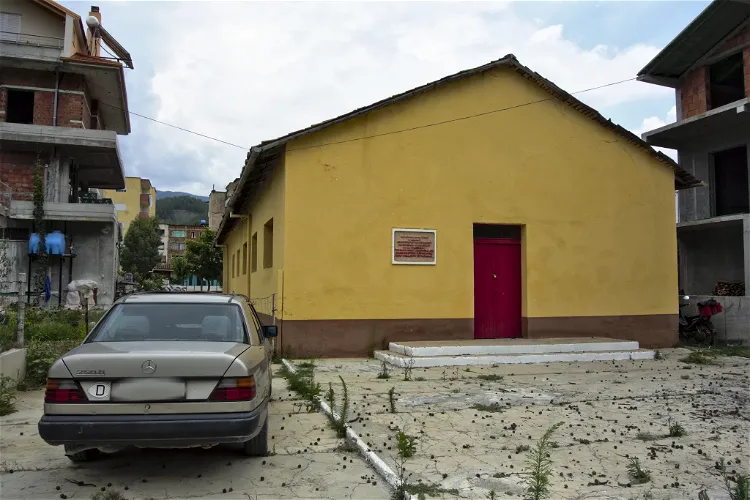
Kongresi i Përmetit
PërmetThe Congress of Përmet, held on May 24, 1944, was a significant event in Albanian history where communist leaders convened to elect a Provisional Government. This meeting was a pivotal moment in the country's struggle against fascist forces, marking a turning point in the nation's political landscape.
Kosovo Museum
KukësThe Kosovo Museum, located in the city of Pristina, is the national museum of Kosovo. It is the largest museum in the country and was established by Yugoslav authorities in 1949. The museum is housed in a 1889 Austro-Hungarian-style building, which was formerly used as the high military command headquarters.